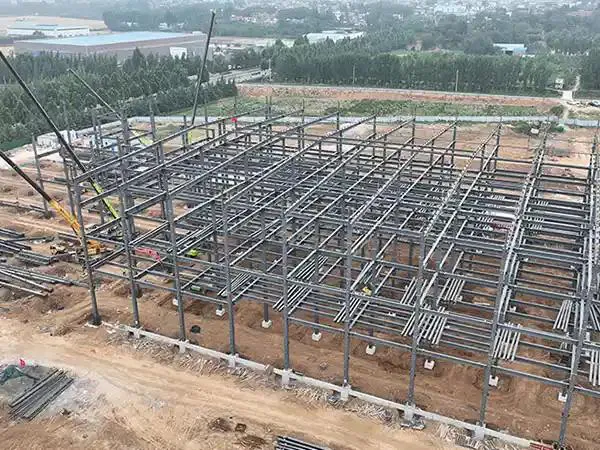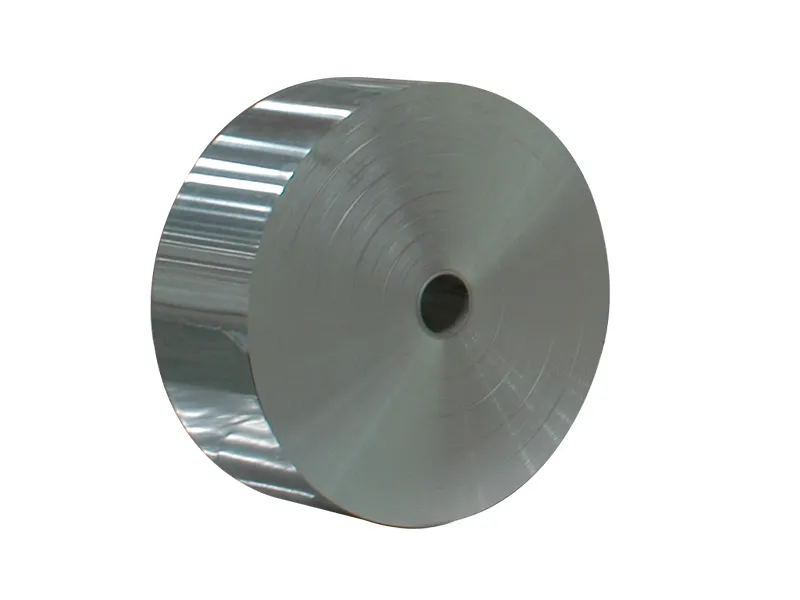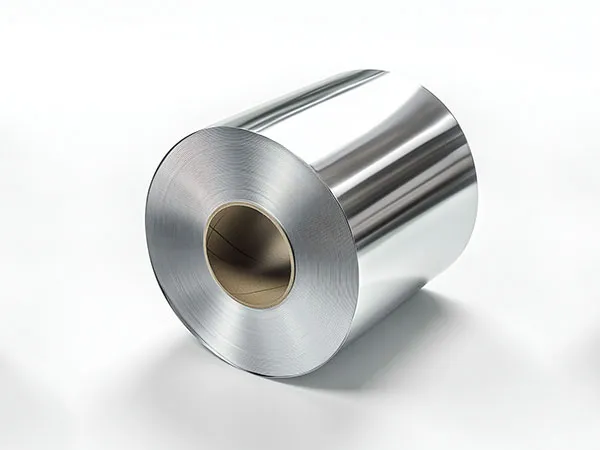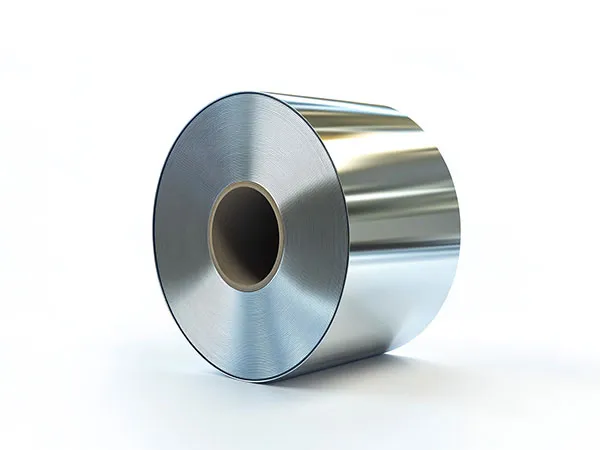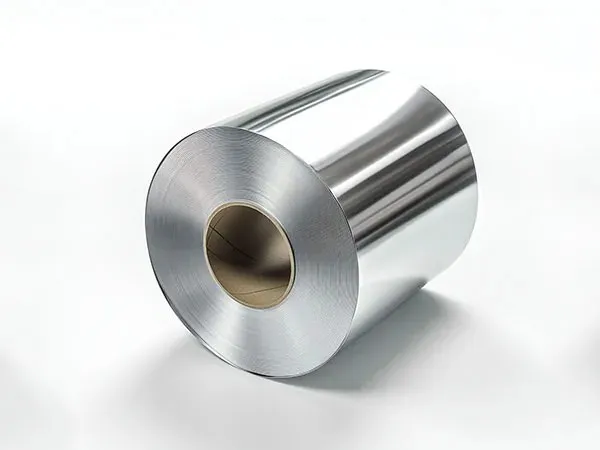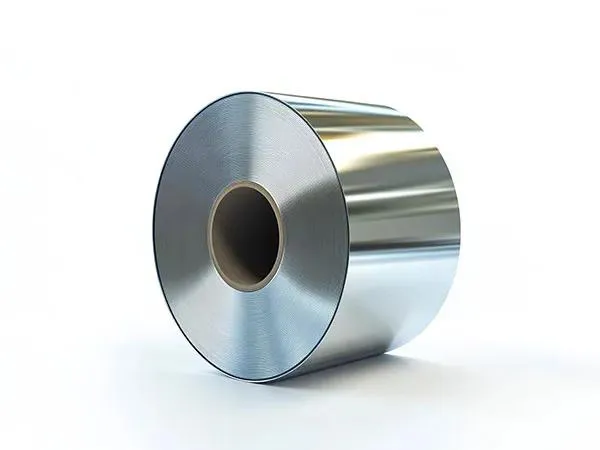How to Design a Steel Structure Factory Building: A Complete Guide for Efficiency and Safety
Designing a steel structure factory requires careful planning, technical expertise, and a thorough understanding of industrial operations. Steel structures are renowned for their durability, flexibility, and cost-effectiveness, making them a popular choice for modern factory construction. This step-by-step guide will help you design a safe, efficient, and long-lasting steel structure factory building.
How to Design a Steel Structure Factory Building
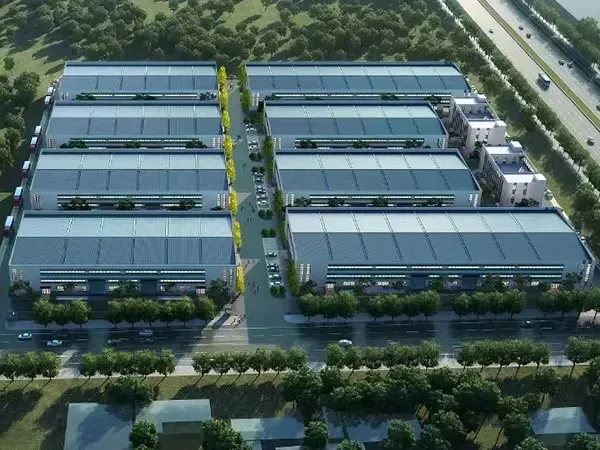
1. Analyze Your Production Requirements
Before diving into structural design, it’s essential to evaluate your production processes:
Factory layout: Optimize machinery placement, workflow efficiency, and storage areas.
Load capacity: Heavy equipment may require reinforced columns, beams, or foundations.
Future expansion: Plan for growth to avoid costly redesigns later.
Proper analysis at this stage ensures the steel structure factory meets both current and future operational needs.
2. Choose the Appropriate Steel Structure Type
Selecting the right type of steel structure is crucial for performance and cost-efficiency:
Frame structures: Ideal for factories that require large, open spaces without internal walls.
Portal frames: Economical choice for small to medium-scale production facilities.
Composite structures: Steel combined with concrete for extra strength and durability.
…
For more detailed information on how to design steel structure factory buildings, please click to visit:https://www.hcggsteel.com/a/news/steel-structure-factory-building-design.html

